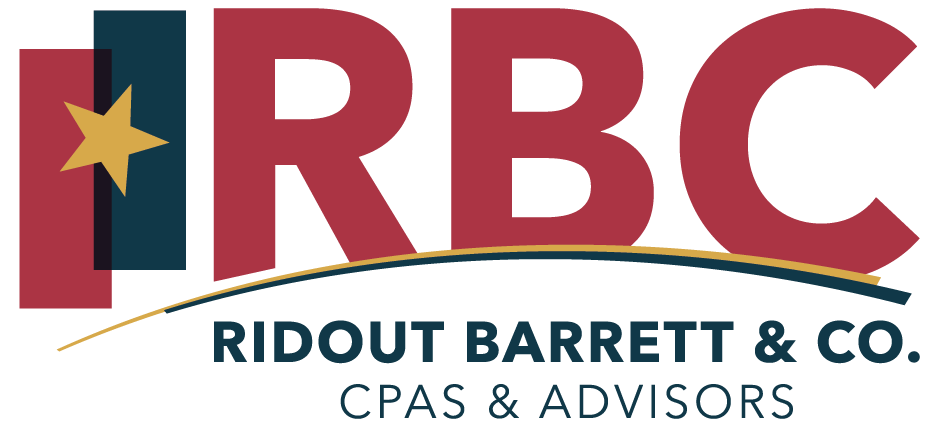
Business Succession Planning
The Importance of Business Succession Planning
Every business – large and small – needs a business succession plan. Just like Warren Buffett and Jeff Bezos prepared for the day that they would step away from the C-suite, every small and mid-sized business owner should plan ahead so that the transfer of the leadership and/or ownership of their businesses will be smooth and effective, whether a sudden change requires it or a planned change occurs.
The Main Issues
The main issues addressed by business succession planning relate to people and money.
The People Aspect
The people aspect deals with ensuring that the most qualified individuals are ready to take leadership roles when needed.
With large corporations, a select pool of talent is generally available to take the reins when a CEO steps down. The Board of Directors and CEO will identify the people from within the company they believe are best qualified to assume top leadership roles. Industry leaders in the same or related industries can be added to the list so that the best talent will take charge of the company after a change.
With small to mid-sized companies, the decision might not be so easy. As the hit TV show “Succession” demonstrates, there are often several people who consider themselves to be viable successors but, often, there are none who possess all the characteristics required to run the company. This can be especially true with family-run and other closely-held businesses. For example, if a business owner has three children running different aspects of the business, which one has the experience and character to lead the company into the future when the parent leaves the company? How will the siblings respond to this choice? Will they stay with the company and focus on its continued success or will they leave for a different challenge? How does the current owner incentivize each of them so that they see the benefit of staying with the company after the parent has left? The longer the issue remains undecided or unannounced, the greater the stress on all the parties and the business. Once a successor is announced, the owner can more freely share his or her knowledge with the designated individual so that the company can continue forward after the leadership change without missing a beat.
The Money Aspect
While the people aspect is key to always having talented leadership in place, the money aspect of a change in ownership can also endanger the future of a business. This is not an issue with a corporation – especially when its stock is widely held. The outgoing leader often retains his or her stock but can also sell, gift, or otherwise transfer his or her shares. In most cases, what the outgoing leader does with his or her stock is inconsequential to the company’s future.
With a partnership, however, a partner’s exit can dissolve the partnership or require a restructuring and/or refinancing of the business. If the outgoing partner has died, the disposition of his or her interest in the partnership must be addressed in one way or another. It’s important to have a written partnership agreement that specifies what is to happen when a partner leaves.
Cross-Purchase Agreements
Insurance is one way to prepare for a partner’s exit. With cross-purchase agreements, the partners buy and own insurance policies on one another so that, if one partner dies, the remaining partners have the funds to buy out his or her interest at a previously-set price. The value of the insurance policies is based on the value of each partner’s interest. This is calculated by dividing the value of the business – preferably determined by a qualified appraisal – by the number of partners (or multiplying by their respective percentage interests if not equal). The insurance coverage is then equal to the value of the partner’s interest divided by the number of remaining partners (or multiplied by their ownership percentages if not equal). For example, if there are 5 equal partners and the business is valued at $6 million, the value of each partner’s interest is $1.2 million. Each partner would purchase an insurance policy on each of the other partners with a face value of $300,000. If one partner dies, the others would then have $1.2 million in insurance proceeds (4 remaining partners times $300,000) to buy out the deceased partner’s $1.2 million interest. Valuation of the business should be redetermined periodically so that the amount of the insurance coverage can be adjusted when needed.
Entity-Purchase Agreements
When a cross-purchase agreement is not practical (such as when there are many partners or there are large age differences between the partners), the business itself can purchase insurance on the life of each partner in order to buy out an exiting partner’s interest. The business is the policy owner and the beneficiary. Entity-purchase agreements reduce the complexity inherent in some cross-purchase agreements and the insurance premiums may be deductible by the business.
Sales, Gifts and Inheritances
Sole proprietors and corporate shareholders can transfer a full or partial interest in the business by sale, gift or inheritance. Partners cannot make the same transfers freely. In fact, an attempt to transfer a partnership interest can dissolve the partnership. This disparity in transfer options recognizes the unique relationship between partners and protects them from being forced to accept a new person or entity with whom they might not want to partner.
With a partnership, the partners share the management of the business. Changing even one partner can significantly alter the business dynamic that the partners have created. Thus, one partner cannot freely thrust a new partner into the mix without the other partners’ consent. This is one reason why partnerships often rely on cross-purchase and entity-purchase agreements to ensure the ongoing viability of the enterprise. They allow a partner to exit without delivering a death blow to the business if the other partners are not otherwise financially positioned to purchase the outgoing partner’s interest and/or they do not agree on a new partner to replace the exiting partner.
Stock transfers don’t present the same issue. If a controlling shareholder sells their stock, this doesn’t change the ability of the minority shareholders to impact the direction of the business. They didn’t have the power to influence decision-making to begin with. If they do not like the direction that the company is taking, they are usually free to sell their stock without impacting the relationship between the company and the other owners. Thus, corporate owners are generally free to sell, gift, or bequeath their interest in a business without the consent or involvement of the other stockholders.
Sole proprietors are limited to either selling the business outright or changing the ownership structure of the business to add a new owner. If a sole proprietor brings a new owner into the mix, this would create a partnership with or without a written agreement. If a written agreement is signed, it can take the form of a general partnership, limited partnership, or limited liability partnership. The written agreement will dictate the terms of the relationship and the ways in which an ownership interest could be transferred. If the business is incorporated stock is issued and can be transferred subject to the company’s stock transfer rules.
Summary
Business succession plans are most effective when they address the short- and long-term interests of the business and its owner(s). Taking people and money aspects into account is key to creating an effective plan.
With large corporations, the people aspect involves identifying top leadership replacements for the short- and long-term. The people aspect is similar for small and mid-sized businesses – with a twist since the owner’s family and/or close associates are involved.
Partnerships add a money aspect that is best addressed by purchasing insurance policies on the lives of the partners to help the remaining partners buy out an exiting partner’s interest. These policies can be purchased by the partners or by the partnership itself.
In all cases, there must be a short-term plan for dealing with unexpected events and a long-term plan that lays the groundwork for the company to continue to thrive from generation to generation. Better to prepare today than to be forced to pivot tomorrow.
If you are developing your business succession plan, we can help you review the tax aspects in advance. Please call for assistance.








